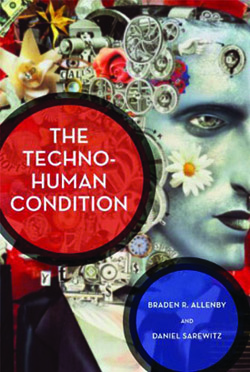Four out of five of my clinical supervisors have little or no idea what it is I do with my trauma clients. I explain to them that I use a relational version of Self Psychology grounded in attachment theory and utilizing various forms of "parts" work - and then they look at me with empty eyes, as though I have just stolen their souls.
BUT, at long last, I have discovered a model that is very close to what I do with my clients - and the article is available for free online.
Let's back up a bit.
Diane Fosha is one the leading figures in contemporary psychoanalytic/psychodynamic theory, especially the relational and intersubjective wings of the movement. She has created a model called Accelerated Experiential-Dynamic Psychotherapy (AEDP), a "brief therapy" form of Self Psychology. Here is the definition of the model given by one of her students:
AEDP is a psychotherapeutic approach based on the idea that deep, viscerally felt affective experiences have the inherent capacity to rapidly and comprehensively transform people. Facilitated through a relationship with an actively engaged, emotionally attuned, empathic, affirming therapist, the patient is guided to process emotions deemed too overwhelming to face. Experientially processing these previously avoided emotions activates innate self-righting mechanisms, adaptive action tendencies and other resources that support psychological wellbeing and optimal functioning. ~ Jerry Lamagna, New York CityHer book, The Transforming Power Of Affect: A Model For Accelerated Change, is the foundation for this model.
The paper below (and its corresponding model) was created by two of her students. To Fosha's combination of inter-relational therapy and attachment theory, the authors add an intra-relational model of working with attachment relationships between self states (parts, or subpersonalities).
The result is an excellent model for healing early and complex trauma in clients.
Go read the whole article.
Building a Secure Internal Attachment: An Intra-relational Approach to Ego Strengthening and Emotional Processing with Chronically Traumatized Clients
Jerry Lamagna, LCSW
AEDP Institute Faculty
100 Chetwood Terrace
Fanwood, New Jersey, 07023
(908)-490-1449
jtandjl@comcast.net
Kari A. Gleiser, Ph.D.
AEDP Institute Senior Faculty
6 E. South Street
Hanover, NH 03755
(603)-643-0066
karig@alum.dartmouth.org
Abstract
In this paper, we introduce Intra-relational AEDP (I-R) as an attachment based experiential approach to trauma treatment. Integrating Accelerated Experiential Dynamic Psychotherapy (AEDP) (Fosha, 2000a, 2000b, 2002, 2003) with ego state methodology, I-R specifically seeks to help clients by: 1) fostering capacities for self regulation through shared states of affective resonance between therapist, client and dissociated self states, 2) facilitating authentic, open internal dialogue between self states which can alter engrained patterns of intra-psychic conflict and self punishment, 3) developing abilities for self reflection and emotional processing by comingling previously disowned affect and emotional memories with here and now experience, and 4) attending to positive affects evoked through experiences of transformation, selfcompassion, and self-affirmation. Drawing from object relations and attachment theory, I-R places particular emphasis on internal attachment relationships formed through interactions between the client’s subjective selves (internal subjects) and reflective selves (internal objects). Through visual imagery, internal dialogue and explicit relational techniques, I-R aims to develop this subjective-reflective dyad’s capacity for reciprocal attunement, resonance, and responsiveness, thereby fostering healing and psychological integration between the client and heretofore disavowed aspects of self.











 With the help of massive machines called particle accelerators, scientists studied the subatomic realm and made discoveries about the forces that operate at that level. But the search for a comprehensive explanation still continues.
With the help of massive machines called particle accelerators, scientists studied the subatomic realm and made discoveries about the forces that operate at that level. But the search for a comprehensive explanation still continues. 